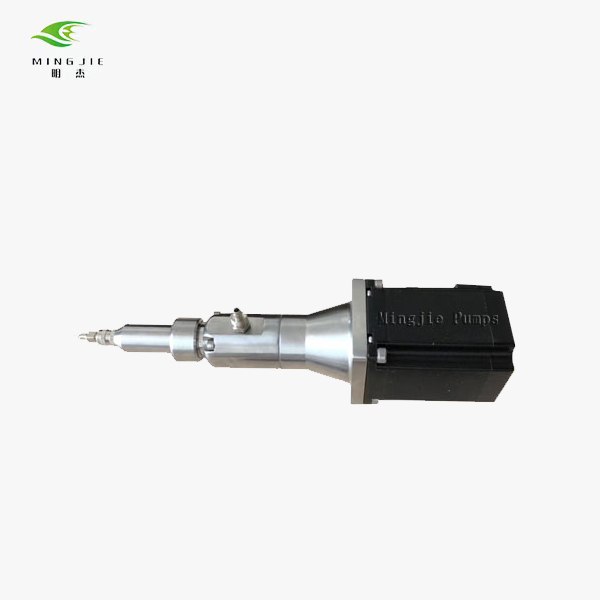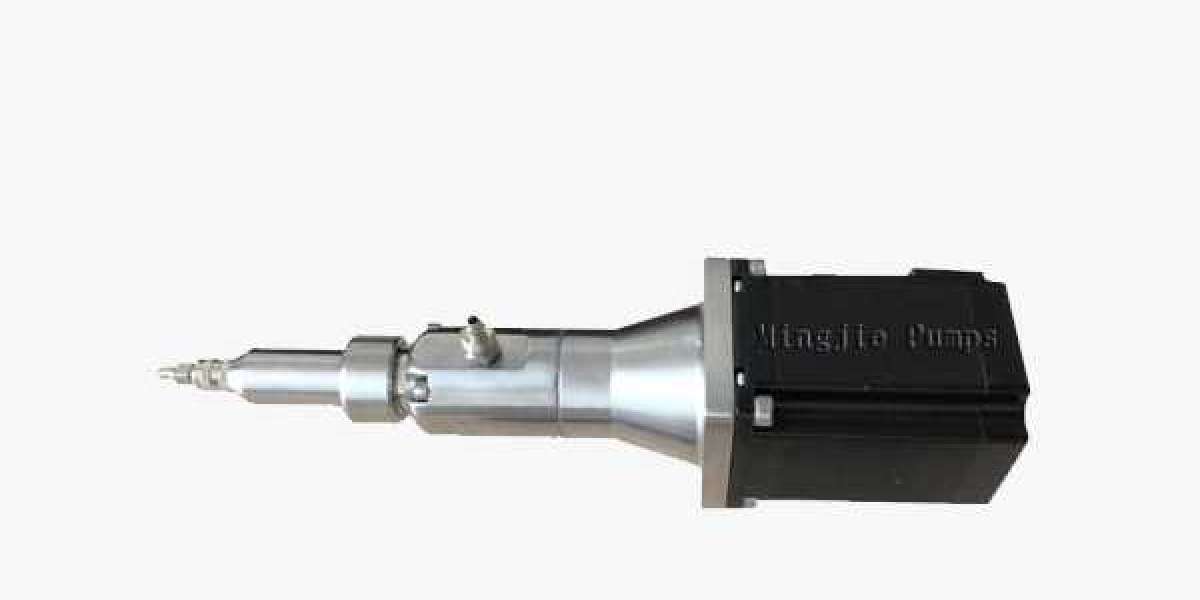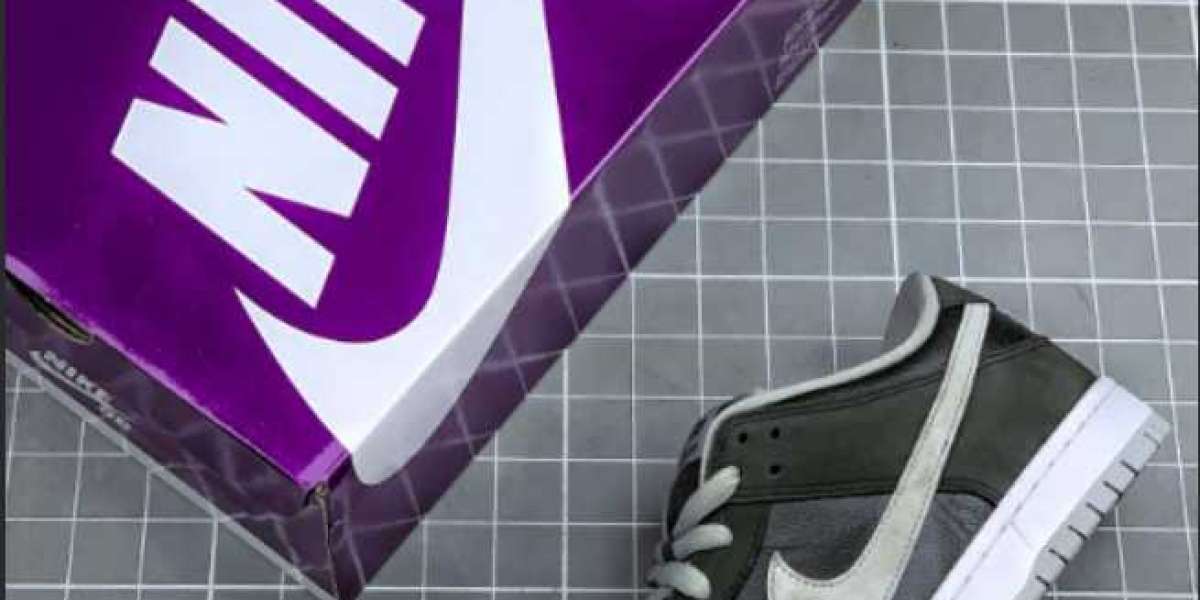My name is Sohaib, and I work as an engineer specializing in the field of water treatment. The purpose of this content requires that I introduce myself. An explanation of what a screw pump is has been provided here. You will also acquire an understanding of the various classifications of pumps, in addition to acquiring all of the information there is to acquire regarding screw pumps. This information will include both the positive and negative qualities that are associated with screw pumps, as well as the fundamental principles that underlie the operation of screw pumps. If you want to be successful, you should start watching the content right away because it is the most effective way to get an in-depth education on the subject. Make sure that you sign up for my newsletter so that you can avoid missing out on any of the content that I publish and be the first to find out about any new content that I release.
Simply clicking the button labeled Subscribe that is found on the right-hand side of the screen is all that is required of you to get started with your Scribe subscription. This button is located in the upper-right hand corner of the screen. Therefore, before we continue with the rest of this content, let's have a discussion about the various ways in which pumps can be categorized. Pumps have a wide variety of applications, some of which can be found in residential and some in industrial settings respectively. Some of these applications are listed below. There is a huge variety of pumping equipment available, and each piece of this machinery has its own specific type, size, and construction material that sets it apart from the others in the industry. The pump medium is almost always a liquid, and this is the case in the vast majority of situations.
However, many designs are able to deal with suspended solids and treated or dissolved gases, pulp, slurry, tar, and other foreign substances, at the very least in a form that is distinguishable from liquids. This is the case with many designs. Because of this capability, a greater variety of applications is now possible. The progressive cavity metering pumps can be broken down into its two primary types, dynamic and positive displacement, based on the method that is used to transfer energy to the medium that is being pumped. These primary types are as follows: dynamic pumps transfer energy to the medium through the use of rotational motion, while positive displacement pumps transfer energy to the medium throughThe following categories make up these primary types:Positive displacement pumps transfer energy to the medium through the utilization of linear motion, whereas dynamic pumps transfer energy to the medium through the utilization of rotational motion. The most common type is positive displacement, followed by dynamic displacement as the next most common type.
The component of the impeller known as the rotating centrifugal force is the one that is responsible for transferring energy to the fluid in the form of velocity when positive displacement is used
The type that occurs least frequently is called dynamic displacement
This gives the fluid the energy it needs to move from the suction side of the pump to the discharge side of the pump, where it is then pushed out of the pump
Positive displacement, on the other hand, makes use of the reciprocating motion of one or more pistons or the squeezing action of the convex angle of the meshing gear in order to achieve the desired movement. This is in contrast to negative displacement, which does not make use of either of these mechanisms. It is possible to do this in order to achieve the movement that is desired. Both reciprocating pumps and rotary pumps, which are utilized in the operation of reciprocating pumps, are considered to be positive displacement pumps. The majority of the time, rotary pumps are used to power reciprocating pumps. The pumps that are being discussed here can be placed into either of two distinct categories. The reciprocating motion of the pump will cause the plunger, piston, or diaphragm of the pump to move back and forth, which will result in liquid flowing into and out of the pump. This movement will cause the pump to dispense liquid. Because of this action, the pump will begin to operate. When rotary pumps are in use, the process of sucking liquid into the suction nozzle is accomplished by utilizing a gear train in conjunction with a number of convex corners. This ensures that the liquid is drawn in as efficiently as possible. If you are interested in seeing how the liquid moves while passing through the drain nozzle, there is an animation that can be viewed that demonstrates this process. There is a wide variety of rotary pumps available on the market today, including the screw low flow progressive cavity pump and the spiral vein pump, to name just two examples of each type.
In the following section, we are going to have a discussion about screw pumps, so stay tuned for that! Dr. Renee Moines is the inventor of the screw pump, a type of supercharger that is utilized in aircraft engines. Dr. Moines is also the person who was responsible for its development. The multiphase operation of the pump and its high suction capacity both contribute to its ability to transport a significant amount of air vapor or gas in the fluid, which may also contain solids. This ability is a result of the pump's ability to transport the air vapor or gas in the fluid. This capability is made attainable as a result of the pump's capacity to transport the liquid.
This rotary positive displacement progressing cavity pump parts is not utilized in the same manner as other similar pumps, nor is it considered to be the same as those pumps. However, in the vast majority of cases, they are regarded as being one and the same. The screw progressing cavity pump parts is a hybrid device that combines aspects of the rotary pump and the piston pump. It was initially developed as a result of contributions made by both types of pumps, the rotary pump and the piston pump. This is an example of the integration of the particular benefits offered by the two different pump structures, and it serves as such as an example. The screw pump is also referred to as the Prague cavity pump, the PC pump, and the cavity pump. These are just some of the names that it is known by. The vast majority of screw pumps are put to work in a variety of sewage treatment plants. The process begins with the step of thickening, then moves on to the step of treating the transfer of sludge and the step of dosing polymer, and finally moves on to the step of producing oil.

The function of cutting can be carried out by the progressive cavity metering pumps if one so chooses. In the past, applications in the food and beverage industries have made use of drilling mud transfer, crude oil transfer, and recovery separator feed. In addition, crude oil transfer was also used. In addition, drilling mud transfer has been utilized at various points in drilling. One strategy for reducing the possibility of polluting the surrounding environment is to make use of a screw pump. In addition, the progressive cavity metering pumps is utilized in the papermaking and pulping industries for the purpose of pumping sewage in addition to mud and sludge. This is one of the many applications for the pump. The progressing cavity pump parts is responsible for carrying out this duty. Transmission of rods, transmission of filler, and transmission of recycled paper are all processes that are carried out with the assistance of the pump, and gaining a better comprehension of how the operates can be accomplished by learning about these transmissions.
It is imperative that we have a complete comprehension of the pump's parts before we can move forward with the project. The exact configuration of the pump's components can change depending on the type of pump that is being used and the manufacturer of the pump. The pump is composed of a number of different parts, the exact configuration of which can vary. I just finished talking about the most significant component of a conventional screw pump, so let's go ahead and move on. One is able to disassemble the pump and look at its myriad of component parts once it has been taken apart. Within this section, I have compiled the essential aspects of this topic for your perusal. Let's not waste any time and get right down to business by beginning with the very first part of this sentence. When it comes to the construction of the pump, only a single piece is required for the construction of the stator.
o








